Bangla College: A Witness to the 1971 Genocide
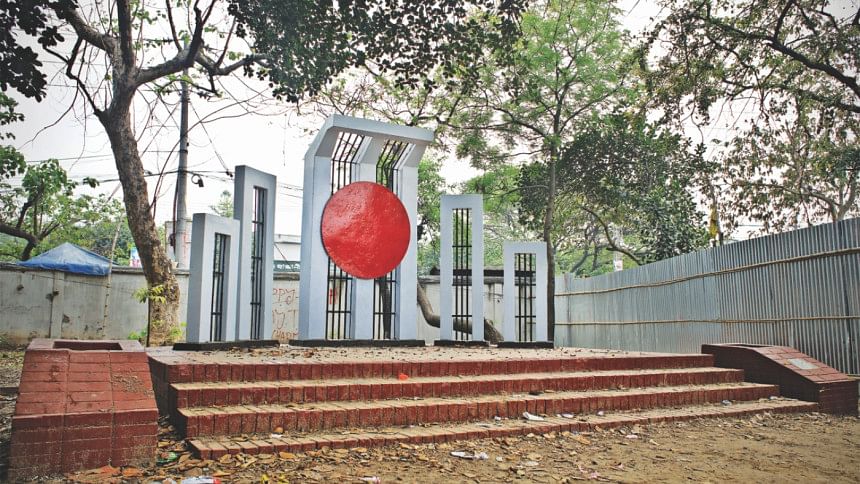
Though the country was liberated on December 16, 1971, Mirpur was freed much later -- on January 31, 1972. As the area was pre-dominantly inhabited by Biharis, the intensity of killing of Bangalees here was grave. Mirpur was also the last battlefield of the Liberation War.
The memory of the war brings to mind the name of Bangla College in Mirpur. Established in 1962 by Language Movement hero principal Abul Kashem in Bakshi Bazar, it was shifted to its present location in 1968.
It is because college is a key witness to the cruelty unleashed by the Pakistan occupation forces and their local collaborators on the unarmed Bangalees throughout the nine-month bloody war.
Like in many other places, the Pakistan army and their local collaborators set up a camp on the college campus and killed numerous Bangalees and raped many women.
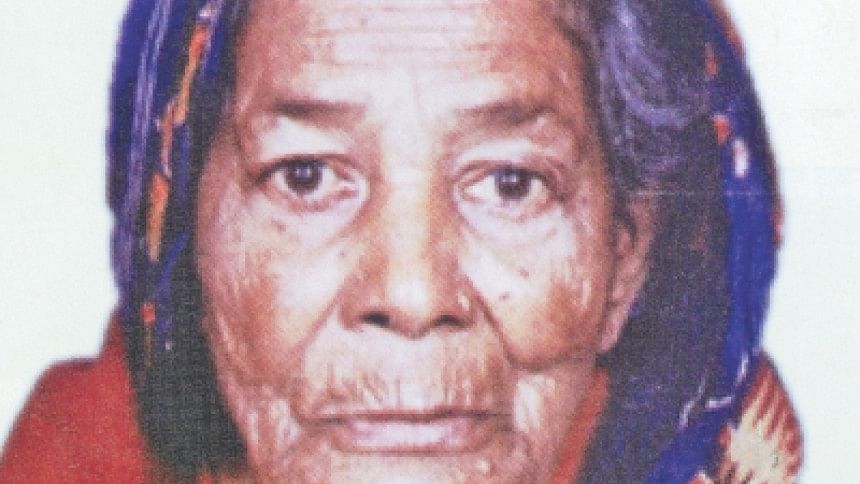
When the war broke out, Anwara Begum was a 22-year-old widow. A member of the college staff, she used to live on the campus. Her mother, son and an adopted daughter were dependent on her. She loved the serene campus. After work hours, she used to plant different fruit saplings on the campus. She spent most of her leisure time on taking care of the garden. She was having a good time.
But everything changed as soon as the war broke. Everyone left the campus for safety. But Anwara had nowhere to go, so she stayed back and witnessed firsthand the killings on the campus.
In 1971, there was a pond inside the compound between the main gate and the current Shaheed Minar. Most of the bodies of the Bangalees were dumped here. When the pond got filled, the occupation forces and their collaborators dug three wells. These too were filled by the time the war ended.
The Pakistan army's favourite killing ground was inside the mango orchard of the college. The victims were forced to lay the above-the-ground roots of the mango trees and then slaughtered. Some bodies used to be thrown in the pond or the wells, while others were left to be strewn on the ground.
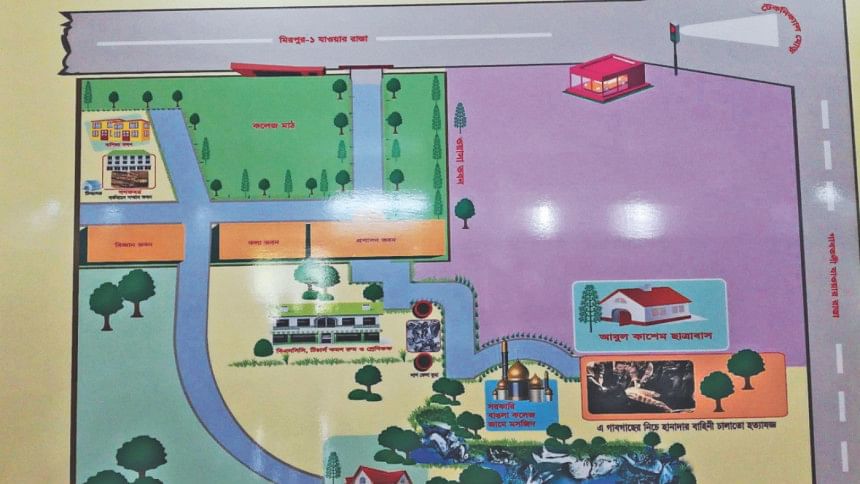
Anwara shouldered the responsibility of clearing the strewn bodies, blood, clothes and so on, according to “Mayer Buli,” a 2014 college magazine edited by researcher Mizanur Rahman.
The occupation forces and Razakars also targeted her but finally she was spared.
Anwara was quoted in the magazine: “They came to kill me … I was offering my prayers. About six of them came to my place and took me at knife-point. But one of them said: 'She is a true Muslim.' So they went back.”
Asked about the killers in Bangla College, Anwara told Mizanur Rahman that most of them were Biharis, but some were Bangalees.
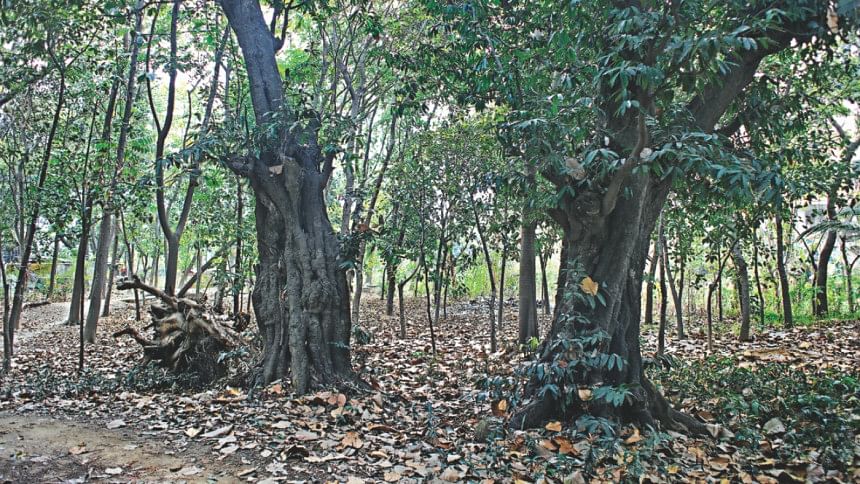
One day, a big gang brought in two girls on the campus. They raped them and confined them in a room and then left. Later, Anwara freed them. But the perpetrators returned in the evening and asked her where the girls were. They spoke in Bangla, which is how Anwara came to know they were Bangalees. Anwara died in 2011.
Different sources on the Liberation War mentions the atrocities at Mirpur Bangla College. Reports published in Dainik Purbadesh on January 7 and 8, 1972 issues inform: Pakistan occupation forces used to pick up people from various areas in Dhaka and killed them behind Bangla College. Human skeletons were found strewn all over the place after liberation. Many women were raped and then killed.
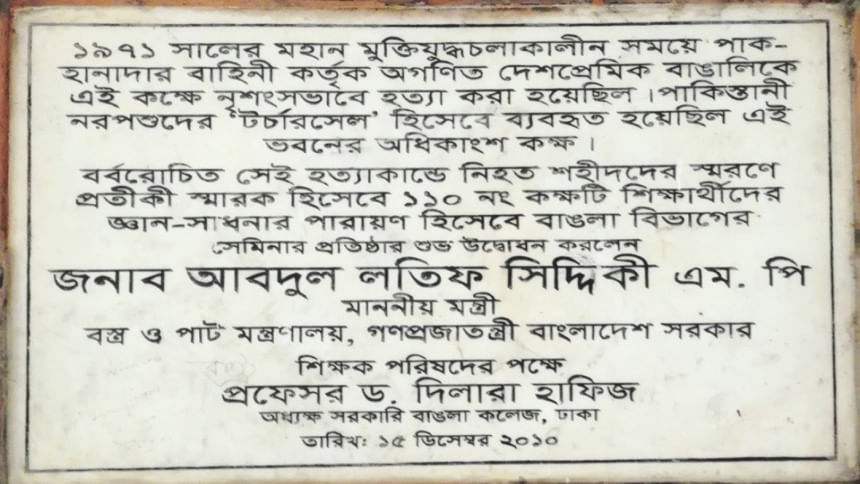
Muktijuddho Kosh (Encyclopedia of the Liberation War) edited by Muntasir Mamun volume three describes: people picked up from different areas were brought behind the College and killed. From the blood marks in the deep pit it is assumed that Bangalees were murdered in it. Besides, many women were raped and killed. Human skeletons, hair from the heads, saris, blouses and bangles were also found there.
According to “Mayer Buli,” an unknown number of bodies were strewn on the slope on the south of the campus. Opposite the slope is the present students' hostel. Among various trees on the northwest side of the campus stand two 100-year-old trees. Freedom fighters and innocent people were brought here and shot to death.
There is a mass grave near the pond behind the one-storey building between no. 3 and no. 4 honours buildings. A mango tree still stands behind the residence of the principal as a witness to killings.
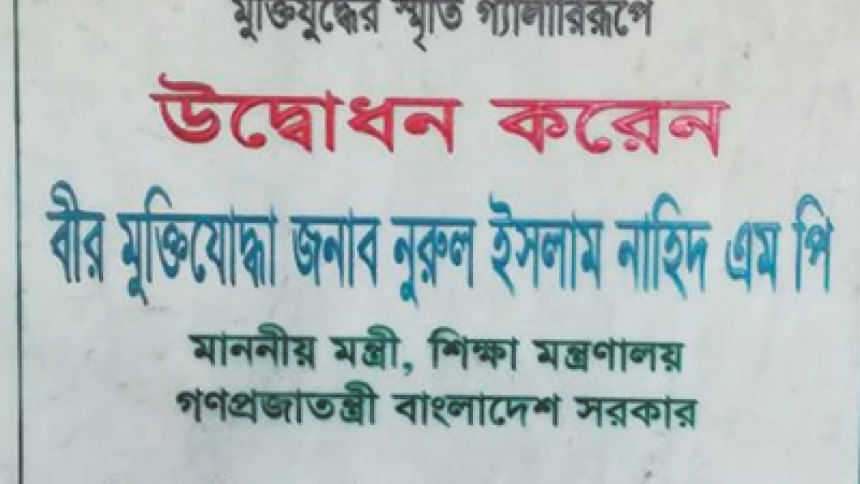
Awami League leader Faquir Shafiruddin was the first chairman of Mirpur and Harirampur after the liberation. Describing the brutality inside the college, Shafiruddin told “Mayer Buli” that there were mango orchards on the front and the back of the principal's residence. He said he saw deep cuts on the roots of those trees.
He also saw piles of human skulls on the lowland on one side of the mango orchards the rest of the skeletons dumped on the highland on the other side, according to the college magazine published in 2014.
Former principal of the college and freedom fighter Prof Makfur Hossain told The Daily Star recently that he had plans to set up a Liberation War Mausoleum on the campus but he could not do it for various reasons. “It's a matter of regret.”
Present principal Prof Md Imam Hossain said they are still trying to set up a memorial. “Three spots have been selected. I hope the work will complete by this year.”
Translated by Enamul Huq

 For all latest news, follow The Daily Star's Google News channel.
For all latest news, follow The Daily Star's Google News channel. 


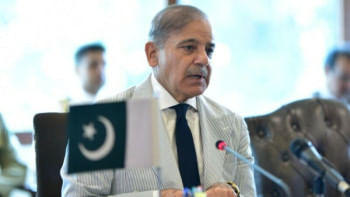
Comments